Description
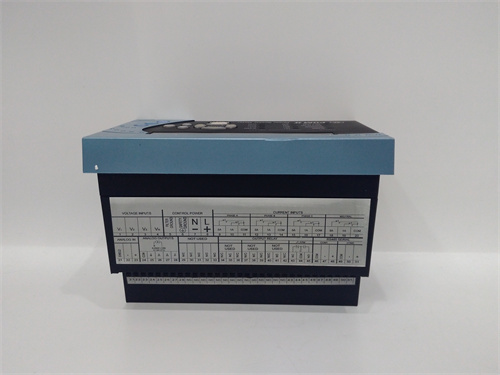
Series:
The PQMI-T20 is a model assigned by General Electric for its power quality monitors and may be part of the PQMII product family.
Features:
Power quality monitoring: real-time monitoring of voltage, current, frequency and other parameters to detect power quality problems.
Harmonic analysis: Analyze harmonics in the power grid, detect and identify harmonic problems.
Data logging: Historical data is recorded for subsequent analysis and reporting.
Alarm and notification: In case of abnormal power quality, an alarm or notification may be issued so that timely action can be taken.
Remote access: Supports remote access and monitoring, facilitating remote management and troubleshooting.
High resolution: Some models, such as the PQMII-C-A, have a subdivision range of 6400~51200 ppr and a maximum resolution of 60,000 pulses/RPM.
Multi-parameter measurement: In addition to the basic electrical energy parameters, it may also include active power, reactive power, energy use, power cost, power factor, etc.
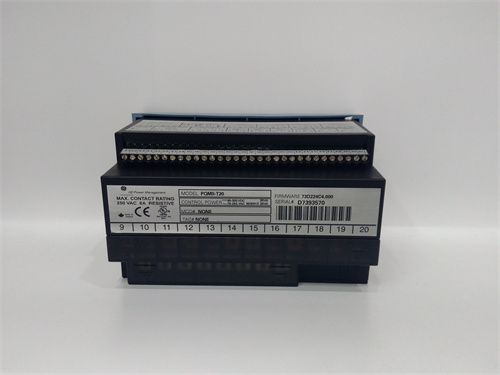
Parameters and specifications:
Measurement accuracy: ±0.1% of the reading
Input voltage range: 100 to 500vrms
Input current range: 0.1 to 20arms
Frequency range: 45hz to 65hz
Communication mode: Modbus or Ethernet
Dimensions: 5.5 x 9.5 x 1.5 inches (approximately 139.7mm x 241.3mm x 38.1mm)
Weight: 1.2 pounds (about 0.54 kg)
Operating temperature range: -20℃~ 70℃
Storage temperature range: -40 ° C to 85 ° C
Humidity range: 5-95% (non-condensing)

Functions:
The PQMI-T20 Power Quality Monitor is primarily used in industrial, commercial and public power systems to ensure power quality meets standards, monitor potential problems and support troubleshooting.
Real-time monitoring and analysis of various parameters of power system can help prevent potential power quality problems and ensure the stable operation of power system.


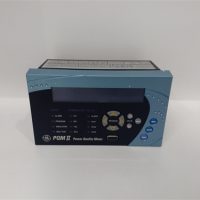
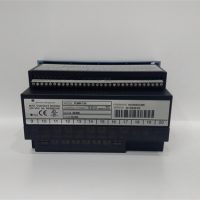
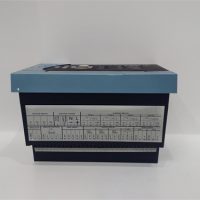

.jpg)
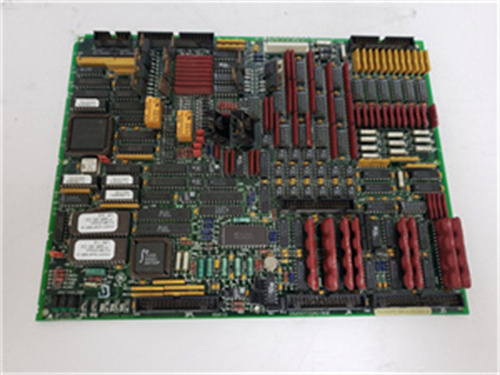
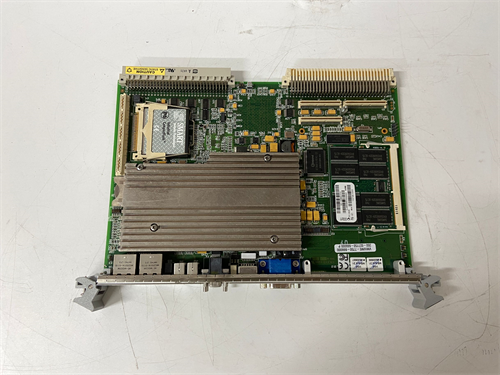
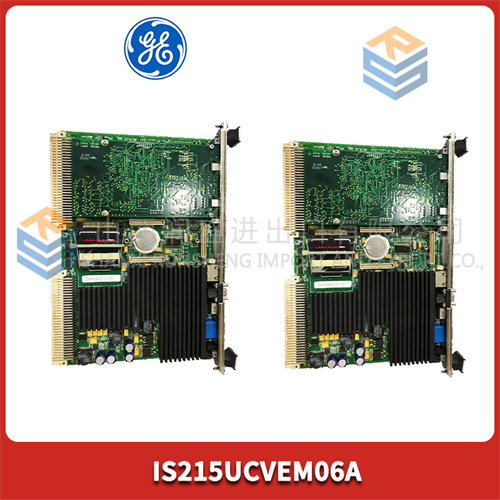
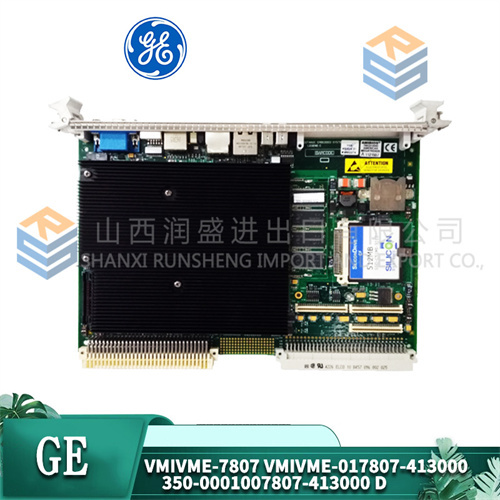
Reviews
There are no reviews yet.